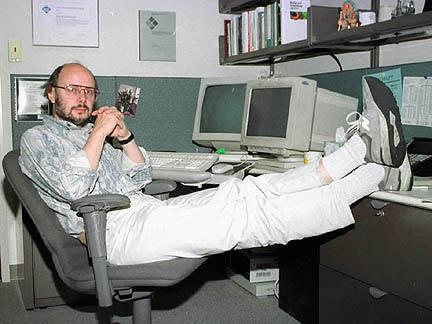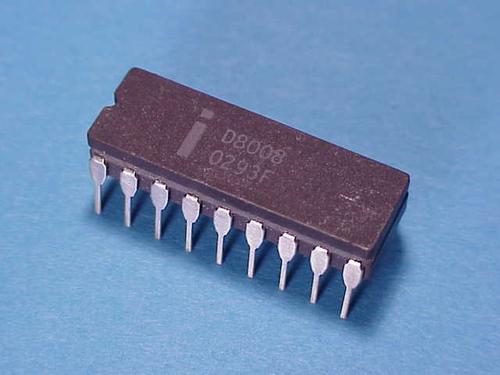The Impact of Coding Over 30 Years
January 29, 2013

Electrical engineering is without a doubt one of the fastest growing disciplines today. Between the constantly changing curricula and rapidly advancing technology, engineers are required to keep themselves up-to-date with the latest tech and tools. Over the past 30 years, we have seen a significant advancement in the tools engineers are using to learn and innovate. Fueled by the growth of digital electronics, computers along with software and programming languages have helped us shift away from the use of logic components. As a result, while designing and fabricating circuits, many people choose the much simpler approach of the microcontroller (MCU).
In the 1980s, students, engineers, and scientists were just beginning to use their computers as tools. This was due largely to the emerging home computer market and the software being developed for those computer systems. Exactly 30 years ago, two great software programs were developed and showed people just how useful a computer can be, and many industries were never the same after.
WordPerfect 2.20 was introduced to the IBM PC as a port from Data General minicomputers in 1982. The program featured a 30,000 word dictionary, newspaper-style columns, and proportional spacing. The product quickly became a favorite among users, surpassing other competitors at the time such as WordStar. It would remain dominant until the very early 1990s when people began updating their computers with Windows. Unfortunately, the company was slow to make the transition from DOS to windows and stiff competition with Microsoft proved to be too much.

Also in 1982, AutoCAD software was introduced by Autodesk. AutoCAD has had a tremendous impact on the engineering community. Up until this time everything was hand drawn, most of the time using T-squares, triangles, and compasses. Using CAD software not only made the process quicker and easier to work with, it enables us to share our drawings within seconds to anyone around the world. Today, we can now run 3D model simulations on computers, designing, building, and testing virtually, saving money and even more time. Computers even make our projects more accurate. Creating a 2D or 3D model and sending it to the CNC machine or laser cutter yields engineered parts with more precision than ever before. Arguably, modern CNC began 30 years ago.
Along with software, we have also seen a very strong development of programming languages. During the 1980s there was still a widespread use of machine language and punch cards. However, with the increased complexity of computers and the tasks they were being asked to do, scientists realized higher level languages were needed. Languages such as C, FORTRAN, and BASIC had already been developed by this time and started to influence the birth of new languages.
In 1983 Bjarne Stroustrup released C++. Building on the original C language it was originally dubbed "C with classes." In addition to the added functionality of classes, it also included a strong type checking system, inlining, and default function arguments. The "++" in the name was a reference for a new way to increment variables within the language and also gave some insight on how it would function. Later features would also include templates, exceptions, namespaces, new casts, and a Boolean type. For users' convenience, the language has received many important updates and has also had an influence on the creation of Java.
Deriving much of its language from C and C++, Java was released in 1995 by James Gosling at Sun Microsystems. Built as a general-purpose, class-based, and object-oriented language, Java is now an invisible force behind numerous applications and devices we use every day. Java was released with the intent to allow application developers to run code from one platform to another, without the need to recompile it. Using any computer architecture it can accomplish this by compiling code to bytecode, enabling it to run on any Java Virtual Machine. In addition, with the Internet starting to take off in the 1990s, Java jumped right in, announcing in 1995 that the Netscape Navigator would incorporate Java technology. Using such tech, developers could now create programs within a Web browser and access available Web services. Today, 1.1 billion desktops run Java, 3 billion mobile phones run Java, and there are more than 930 million Java Runtime Environment downloads each year.
About the Author(s)
You May Also Like





